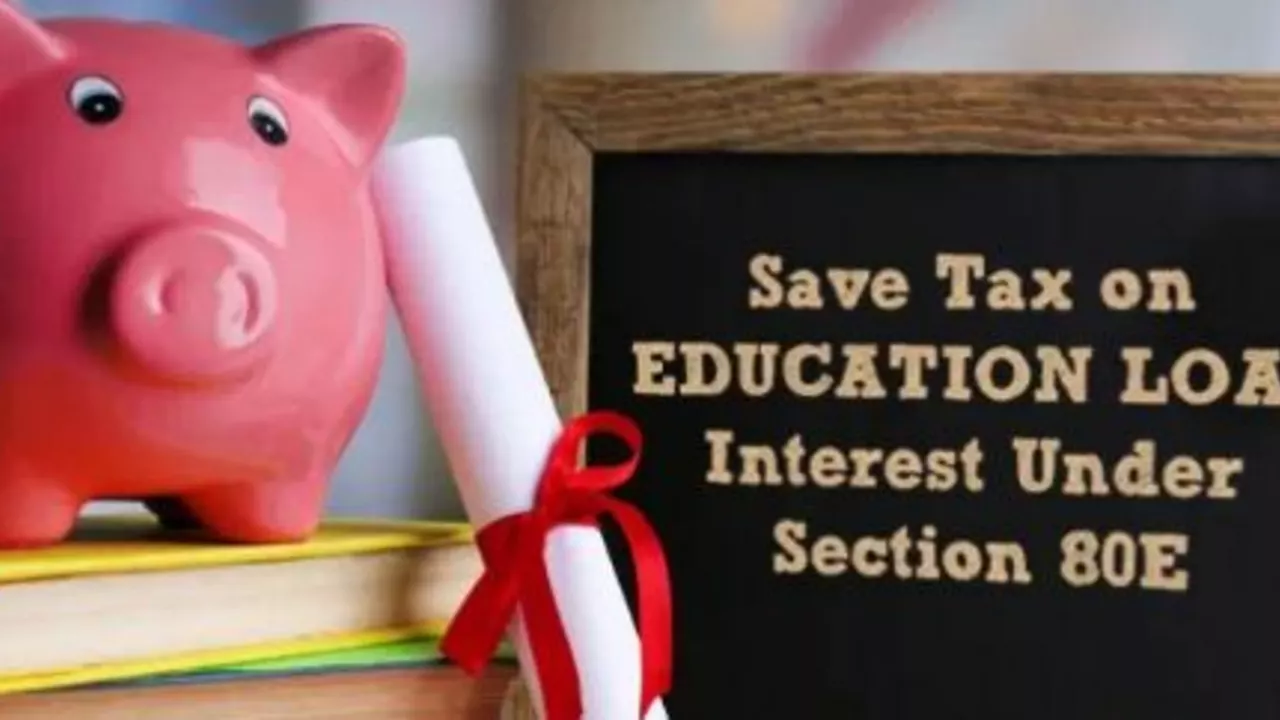Banks – Education Financing & Alternatives Explained
Ever felt like school treats you like a money‑making machine? That’s the "banking model" of education, where teachers deposit facts and students just receive them. It sounds simple, but it often leaves learners bored and disengaged. In this guide we break down why the model feels like a bank, and what real‑world financing options can actually help students succeed.
Understanding the Banking Model in Education
The banking model views students as empty accounts waiting to be filled. Lectures become one‑way transfers, and exams are the balance checks. Critics point out that this approach stifles creativity, limits critical thinking, and turns learning into a transaction rather than an experience.
Fortunately, alternatives are gaining traction. Project‑based learning lets students apply concepts to real problems, turning theory into practice. The flipped classroom swaps the traditional lecture for video lessons at home, freeing class time for hands‑on work. Personalized learning tailors pace and content to each learner’s strengths, while experiential learning emphasizes doing over listening.
These methods shift the focus from depositing information to nurturing curiosity. When students actively solve problems, they remember more and stay motivated. The shift also reduces the feeling of being a passive customer in an educational bank.
Real‑World Financing Options for Students
While teaching methods evolve, the need for money doesn’t disappear. Most students face tuition, books, and living costs, and they must decide how to cover these expenses. Two popular routes are fee financing and education loans.
Fee financing works like a payment plan. Schools break the total cost into smaller installments, often with little or no interest. This approach is flexible, making it easier to manage short‑term cash flow. However, it usually requires a solid credit history or a guarantor, and missing a payment can affect enrollment.
Education loans, on the other hand, come from banks or financial institutions. They cover the full tuition and sometimes living expenses, but they carry interest and a longer repayment period. High interest rates on student loans often stem from the fact that they’re unsecured—banks can’t claim collateral if borrowers default. The longer repayment window also increases risk for lenders, which translates into higher rates.
Choosing the right option means looking at your budget, credit score, and career plans. If you expect a steady income soon after graduation, a low‑interest loan might be worth it. If you prefer to avoid debt, a fee‑financing plan that spreads costs without interest can keep finances under control.
Here are three quick tips: 1) Compare interest rates and fees across at least three lenders. 2) Ask your school if they offer scholarships or merit‑based fee reductions that can lower the loan amount. 3) Build a repayment plan now—knowing your monthly commitment helps avoid surprises later.
Whether you’re questioning the banking model of learning or figuring out how to fund your studies, the key is to stay informed and pick what fits your goals. Education should empower you, not trap you in a financial vault.
Which banks offer an education loan for girls at 0% interest rate?
Well folks, you won't believe it, but some banks are offering 0% interest rates on education loans for girls, talk about a real-life fairy godmother! These banks are all aboard the gender equality train, giving girls a financial leg up when it comes to education. Believe me, I've done my homework and found that a number of banks such as SBI, HDFC, and ICICI are serving up these sweet deals. So, to all the girls out there, your dreams of higher education just got a little bit easier to reach. Hats off to these banks for lending a helping hand, or should I say, a helping wallet!
View More